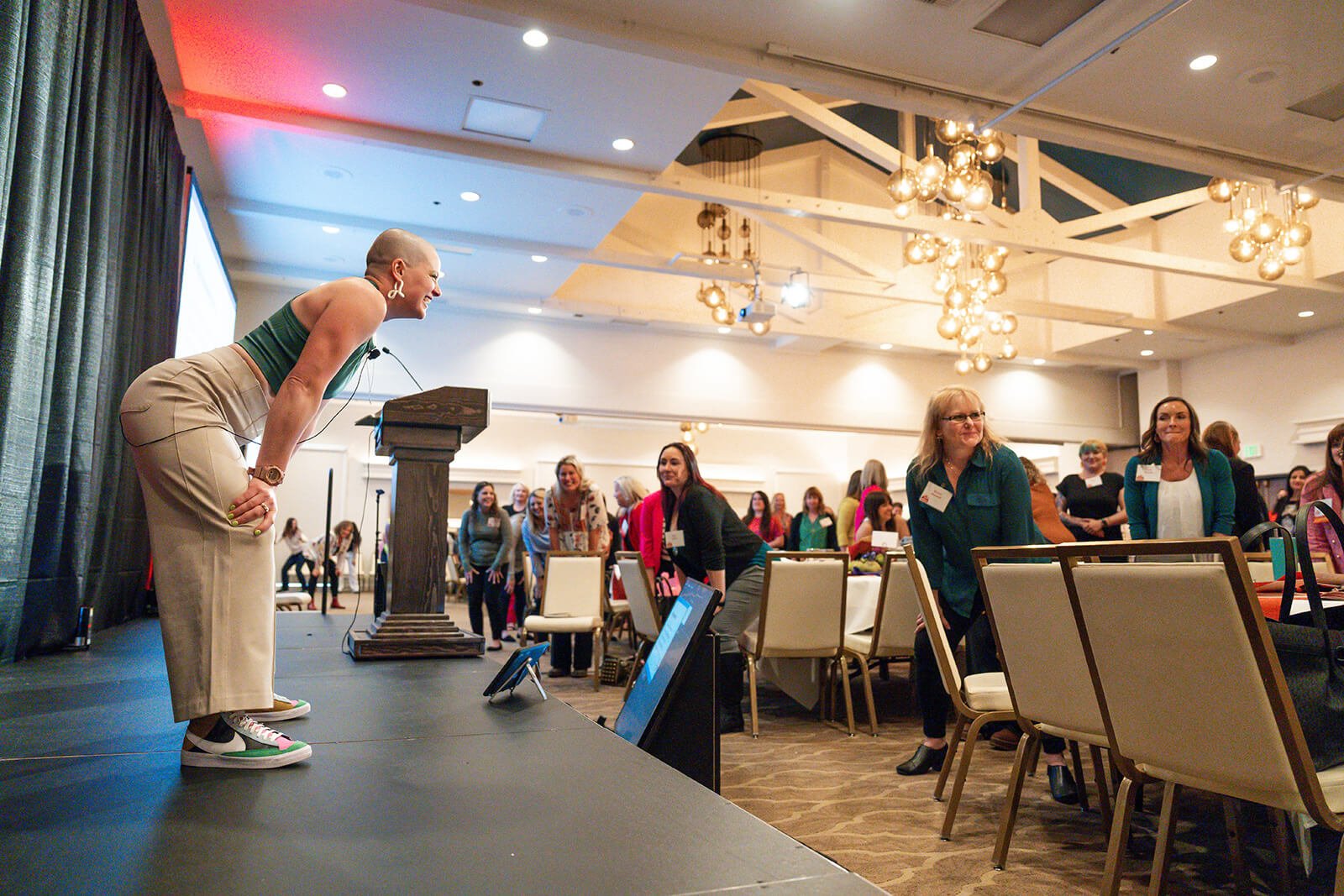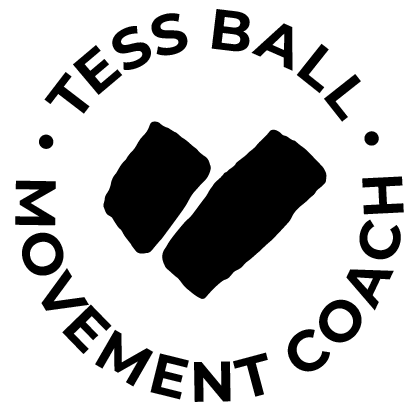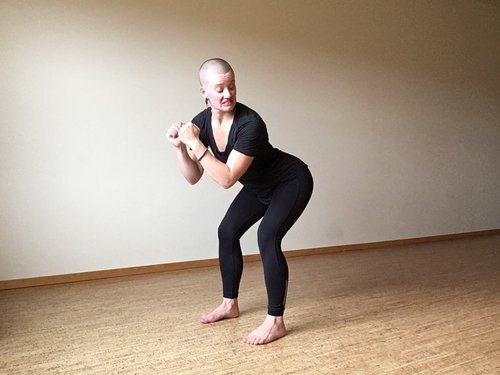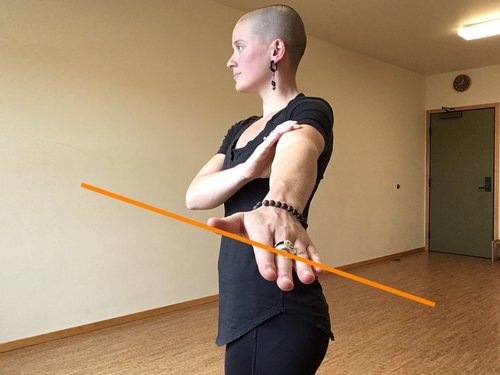
Hi. I’m Tess, a shame-free fitness coach & speaker.
I also make art that celebrates bodies.
This is a space for bodies. Queer bodies. Fat bodies. Skinny bodies. BIPOC bodies. Old bodies. Strong bodies. Hurting bodies. Athletic bodies. Bodies that have seen some shit. Whatever body you’re living in, I will advocate for its care and respect.
Having a body should be a morally-neutral experience.
Here’s how we can work toward that together…

Strength Training 101
New to fitness? Feel awkward in a traditional gym? I wrote a 5-month fitness program for ya!

Speaking
Hire me to lead a movement break or workshop at your next conference!

Art
I love celebrating bodies by doing figure drawing! Check out some of my work!
From the blog…
Trauma-informed fitness programming is often misunderstood as simply being soft or overly gentle with clients. However, trauma-informed coaching is far more nuanced and robust. I recommend, instead, focusing on flexibility, collaboration, and transparency. So how do you apply these concepts throughout the client journey? In this post we’ll talk about how these play out in goal-setting, programming, and client celebrations.
In this 5-part series, I’ll cover the five key relationship checkpoints I’ve considered in my own trauma-informed work: Initial Consult, Program Design, Cuing, Policies & Marketing
Trauma-informed fitness isn’t just a buzzword—it’s a transformative approach that challenges harmful norms and reimagines what the fitness industry can be. You might be wondering how to honor diverse bodies, reduce shame, and help clients find healing in movement rather than punishment.
This guide walks you through the history, the core concepts, and the next steps to help you incorporate trauma-informed practices into your own coaching.
My mom was visiting me last year and we were chatting about fitness. The topic of weight loss came up and she said something along the lines of, “You know me, I need something to track and measure. If you’re not tracking weight-loss, how do you even know you’re making progress?”
This question isn’t new. As a trainer, I’ve heard some version of it during hundreds of intro sessions throughout the years. But the way my mom said it (or maybe it was just because it was her) got under my skin. You wanna know what you can track?!? Buckle up…this is gonna take a while!
Mindfulness sucks. When you actually practice it, it does NOT feel good. Mindfulness isn’t fun. It’s painful. It feels gross. When I searched #mindfulness on Instagram this morning, 6,725,792 posts used that hashtag. I saw images of smoothie bowls, yoga poses, face cream, crystals, quotes, dogs and A LOT of people smiling.
The kettlebell community can be a seriously rugged, badass group of folks. As a theater geek who used marching band to get out of PE, words like “hardstyle” and “tactical” seemed pretty foreign to me at first. Through my years of coaching, I’ve picked up a few cues I really love...that are maybe less hardcore than some you regularly hear.
I can’t recall where I’ve picked these up or if they originated in my brain, so if you know a coach who created or uses them, I’d love to give them credit! And Pavel, if you read this, I’m so sorry.
You've decided to do a pull-up. You've committed. You get on the bar. Then suddenly realize there are several ways to approach it. Thumbs over the bar or under? Palms in or out? Use a straight bar or neutral grips? Whether you're the pursuing the ultimate pull or coaching folks who are, this is a great, 30-second assessment to determine the best grip to achieve maximum engagement out of the posterior chain with the most tension possible from the hands.
OH SHIT! You've been sentenced to X number weeks in a boot for a fracture, break, sprain, etc. in your foot or ankle. You doc says no weight-bearing on either foot. Have no fear...we'll link up your "X" patterns and have you hunting gold-standard badassery in spite of your single-leg status. Here are 12 ways to get jacked while you're jacked up.









At the heart of trauma-informed coaching is holding space for clients to reconnect with their bodies and giving them agency over their experience. One way we shape this experience is through communication, specifically cuing. We could spend months exploring all of the nuances of trauma-informed communication, so I'll zoom out instead. There are four foundational beliefs inform the way I cue my clients:
Every single thing clients say about their body is true
Fitness is morally neutral
I'm more interested in success than dysfunction
Consent is an ongoing and essential conversation